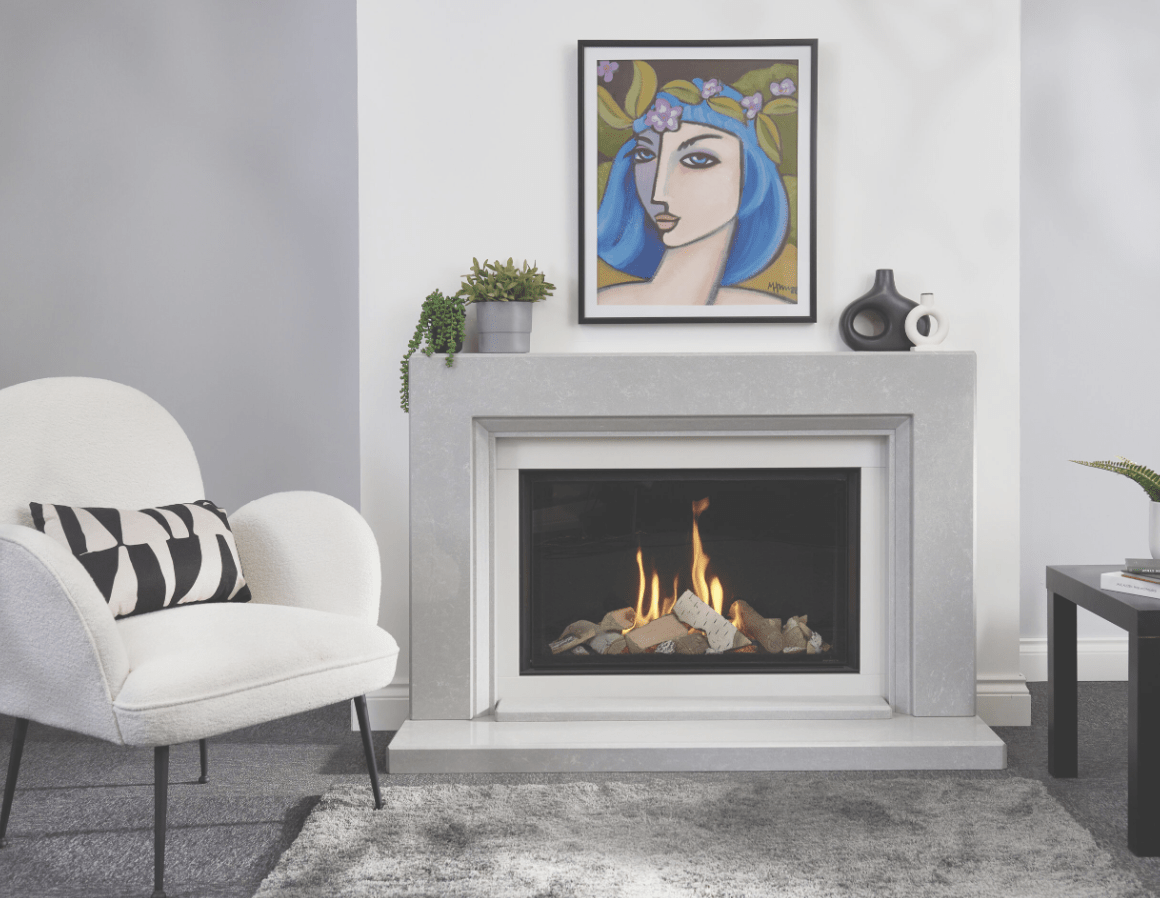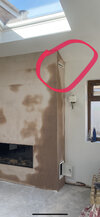- Joined
- 17 Feb 2019
- Messages
- 207
- Reaction score
- 13
- Country

if they check it out and say it’s all working as intended etc. then I may look to swap it out for something larger and a diff brand.
I saw this thing from Gazco called the “Studio 3” but it’s the same thing again…. 8.4kw output…. 10.1kw input… 92% efficiency.
Though I don’t know if that 10.1kw is Hs or Hi…

I saw this thing from Gazco called the “Studio 3” but it’s the same thing again…. 8.4kw output…. 10.1kw input… 92% efficiency.
Though I don’t know if that 10.1kw is Hs or Hi…


